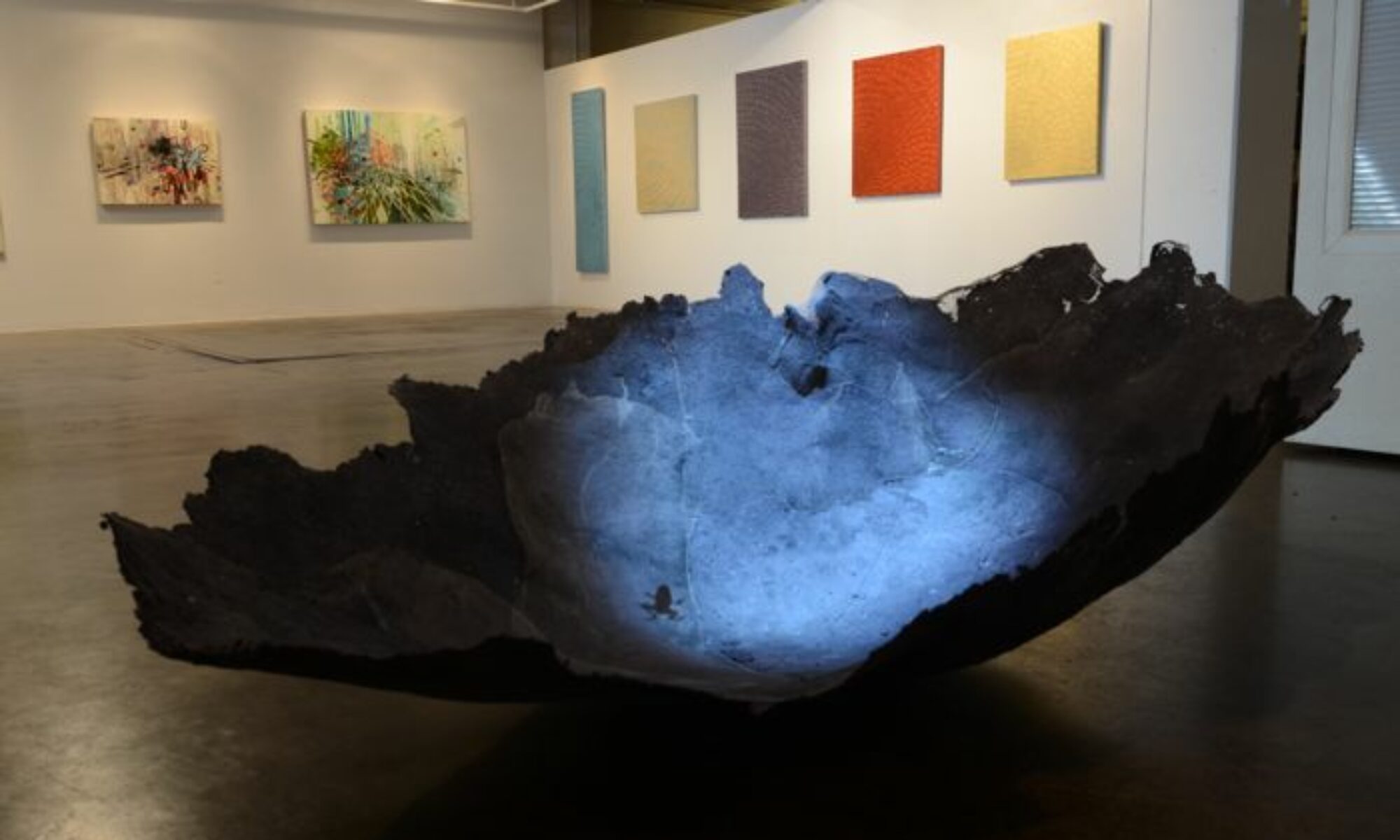As long products and services have existed, advertising media has been a part of the landscape. Apothecary shops selling salves and tonics extended the imagery to the outside of buildings. Here in Denver, traces of painted advertisements are faded reminders marking brick buildings. The companies that survived may have understood truth in advertising and the power of building brand legacy. Landscape architects who work with brands, have a unique challenge of understanding the brand, while serving the legacy of the landscape. Today, advertising is no longer a static concept confined to a mark on a building. It’s strength lies in the thoughtfulness of its social agency and a careful approach to the landscape. The brand and landscape are like two distinctive people. What parts of a brand are true to a place?
Core Beliefs
Flexibility is a good quality for a designer to have. A designer must be willing to crumble up the trace paper and start all over without regret. An open mind is flexible. However, a flexible designer is continually tested in practice. New ideas and suggestions should be auditioned. They are not always worthy of the part.
What is fitting for the experience of place or design? The designer must look to core beliefs and then find flexibility, to test the edge of their limits.
Core Beliefs:
1. State the problem.
2. Conduct primary research.
3. Observe people and the place in situ.
4. How do preferred design situations, factors, forces address the problem?
Robert Adams
Every once in a while an art review propels me into thought. Today, The New York Times referred to photographer Robert Adams as “a prophet in the wilderness of modernity.” His photos are often representations of the carcasses of industrial life. In the review, Ken Johnson described Adam’s use of form and metaphor as “economic and Shaker-like.”
It was the title, a reference to a requiem that really got me to slow down and read the review. A requiem is a musical celebration of a soul, not landscape, right? It is written and played to honor life in it’s final act. Not too long ago, I took in a room of Robert Adam’s photographs at the Denver Art Museum. Among other photographs, I remember an old Cottonwood tree. I saw them and walked away, only to be quickly drawn back. I wanted to take a second more contemplative read of how we see landscape. It is a reflection of ourselves.
